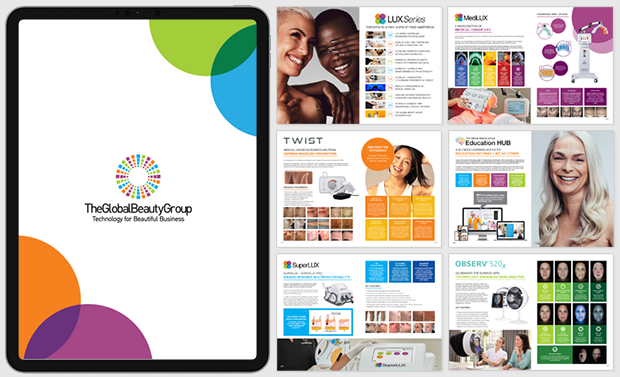In this Skin Rejuvenation Series, we’re enlisting the expertise of our Training and Clinical Manager Lashana Shepherd to deliver her top tips and insights on skin rejuvenation. Today’s topic? Facial redness.
Facial Redness Explained + The Top 4 Ways To Treat It
Whether it be rosacea, patchiness, skin sensitivity or broken capillaries, redness primarily affects the face, with most sufferers noticing not just one, but a combination of redness- inducing concerns.
Clients who suffer from redness or sensitivity can often feel the most hopeless — as though every product they use triggers stinging and irritation, or cases of being denied a treatment due to their reactive skin type being unsuitable.


Redness Triggers
- Direct Sunlight/UV
- Extreme temperature changes
- Heavy physical exercise
- Trauma
- Spicy Foods
- Alcohol
- Caffeine/hot drinks
- High histamine foods (such as fermented foods)
- Aggressive skincare
- Menopause
- Emotional stress
- Perfume and alcohol-based products
While these extrinsic factors play a pivotal role, do not fear — there are many treatments your clients can undertake to help reduce and prevent redness, and this includes relief for rosacea sufferers!
Top 4 treatments for redness – IPL Redness Reduction
Using a 530nm or 560nm filter, IPL redness reduction uses Intense Pulsed Light to target broken capillaries and reduce underlying redness.
The light is absorbed by the blood and is then converted into heat, resulting in coagulation, vasoconstriction and damage to the vessel’s endothelial lining. The body recognises that the vessel is destroyed and works to remove it via the lymphatic system. This treatment is amazing at removing redness and creating a more balanced complexion. And because it does not break the skin, it’s suitable for most clients and post-treatment downtime is minimal.


LED Light Therapy
LED is a non-invasive, non-thermal light therapy that aims to activate the mitochondria (cell energy) and improve natural cell functions. This normalises skin functions, induces healing, regeneration, natural corrective responses — and all without downtime or discomfort.
For facial redness, Yellow light (590nm) is recommended as it is extremely anti-inflammatory, increases blood flow and aids in detoxification. Yellow light is particularly ideal for inflamed skin conditions such as rosacea, dermatitis and flushing.
Red light (633nm) is also fantastic as it promotes and accelerates wound healing and repair, aids in post-laser recovery, improves irregular complexions and builds collagen to help diminish fine lines and wrinkles as an added bonus.
Dermal Pen PRO
Believe it or not, skin needling is excellent for red, rosacea and even sensitive skin types! Let’s break it down (pun intended):
Skin needling helps to not only break down old, damaged skin cells to make way for new healthy skin cells, but it also helps with cell hydration and epidermal thickening, aiding in the prevention of sensitivity and decreases the appearance of underlying redness. Skin needling also helps to puncture, damage and destroy surface broken capillaries, swiftly removing them; while collagen and elastin synthesis stimulates healing and strengthening of the endothelial lining in vessel walls and connective tissue.


Sunscreen
Last but not least, the sun can be a huge factor in aggravating redness-prone skin and causing broken capillaries. Damaging UV radiation, together with the heat from the sun are major triggers for those suffering with redness or rosacea.
By encouraging clients to be diligent with daily sunscreen application, physical and broad spectrum sunscreens help to create a blanket of protection from the sun, reflecting UV rays and the sun’s heat, thus preventing and reducing the symptoms of facial redness.



